Researchers found microplastics in 100% of the human placentas they examined and speculate the microplastics could be passed to developing fetuses.
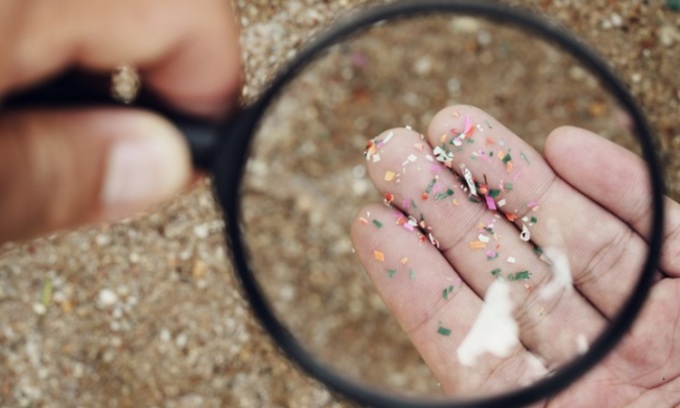
Microplastics found in placentas range in size from 6.5 to 790 micrograms. Photo: Newsweek
A team at the University of New Mexico examined the placentas of 61 women and found that each contained pieces of plastic less than 5 mm long. The plastic particles ranged in size from 6.5 to 790 micrograms, with an average density of 128.6 micrograms per gram of donated placenta. The most common type of plastic in the samples was plastic used in plastic bags and bottles, accounting for 54%, while construction materials accounted for 10%, with the rest being nine other types of plastic. The results of the study were published in the journal Toxicological Sciences, Mail reported on February 22.
Microplastics have been linked to cancer, reproductive problems and dementia. Some scientists and public health experts fear they could lead to low birth weight in babies. “If we see effects in the placenta, then every mammal on the planet could be affected. That’s not good,” said Matthew Campen, a co-author of the study.
Plastic dumped in landfills releases tiny particles into groundwater and sometimes becomes aerosolized, which then finds its way into food, water, and bodies. The problem will get worse over time, Campen says, because all the plastic in the environment is degrading and turning into microplastics at ever-increasing densities.
While many people assume that placentas are a barrier to the outside world , they are not safe from microplastics. Campen and his colleagues developed a new method that allowed them to filter out tiny particles from tissue taken from each placenta. The method, called pyrolysis gas chromatography-mass spectrometry (Py-GC-MS), involves heating the samples until they burst into flames.
Different materials and chemicals burn at different temperatures, creating chemical fingerprints that Campen’s team and their equipment can pick up. They can build a complete picture of all the sizes and shapes of plastic particles in tissue. In the study, the scientists examined placentas, but Py-GC-MS can examine any tissue available, says Campen, a professor of pharmaceutical sciences at the University of New Mexico. The only thing it can’t do is use it on living people.
Much research to date has been limited by the telescope’s ability to see the tiniest bits of microplastic. A micrometer is the smallest size of microplastic that a conventional optical microscope can see. But with Py-GC-MS, Campen and his colleagues can see every piece of plastic at the nanometer level. This is an important development for scientists in the field, because microplastics in the environment are constantly degrading and getting smaller.
Campen and his colleagues are now using Py-GC-MS to analyze autopsy samples, but the initial results are consistent with what they found. But based on this study, it’s too early to worry about exposure to microplastics during pregnancy. The researchers speculate that the presence of microplastics in the placenta could mean they could make their way into the developing embryo. However, they don’t yet know exactly what the long-term effects of microplastics on mothers and fetuses might be.
An Khang (According to Mail )
Source link



![[Photo] Flooding on the right side of the gate, entrance to Hue Citadel](https://vphoto.vietnam.vn/thumb/1200x675/vietnam/resource/IMAGE/2025/10/28/1761660788143_ndo_br_gen-h-z7165069467254-74c71c36d0cb396744b678cec80552f0-2-jpg.webp)

![[Photo] Prime Minister Pham Minh Chinh chaired a meeting to discuss solutions to overcome the consequences of floods in the central provinces.](https://vphoto.vietnam.vn/thumb/1200x675/vietnam/resource/IMAGE/2025/10/29/1761716305524_dsc-7735-jpg.webp)
![[Photo] National Assembly Chairman Tran Thanh Man received a delegation of the Social Democratic Party of Germany](https://vphoto.vietnam.vn/thumb/1200x675/vietnam/resource/IMAGE/2025/10/28/1761652150406_ndo_br_cover-3345-jpg.webp)







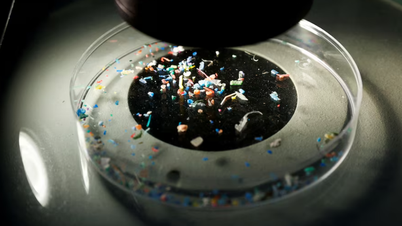
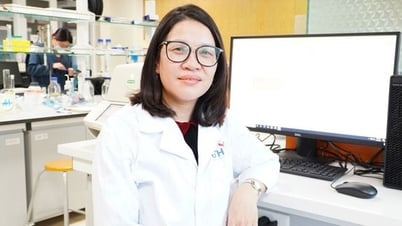

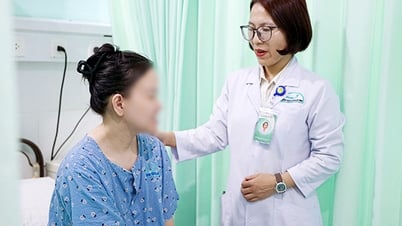

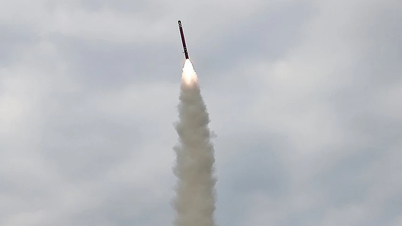


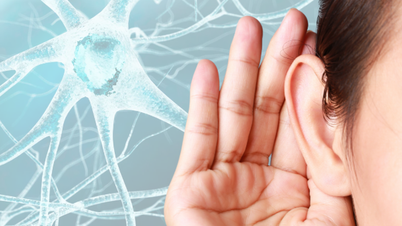



![[INFOGRAPHIC] TP-Link UA430D, Compact card reader, luxurious aluminum case](https://vphoto.vietnam.vn/thumb/402x226/vietnam/resource/IMAGE/2025/10/29/1761705501354_thumb-dau-doc-the-jpg.webp)










![[Photo] Draft documents of the 14th Party Congress reach people at the Commune Cultural Post Offices](https://vphoto.vietnam.vn/thumb/1200x675/vietnam/resource/IMAGE/2025/10/28/1761642182616_du-thao-tai-tinh-hung-yen-4070-5235-jpg.webp)
![[Photo] President Luong Cuong attends the 80th Anniversary of the Traditional Day of the Armed Forces of Military Region 3](https://vphoto.vietnam.vn/thumb/1200x675/vietnam/resource/IMAGE/2025/10/28/1761635584312_ndo_br_1-jpg.webp)








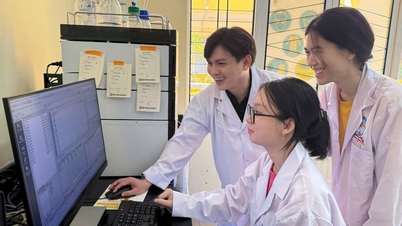





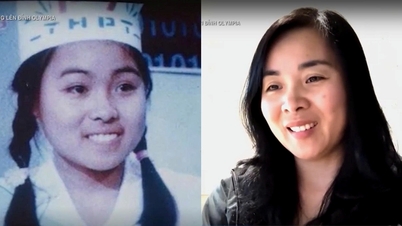


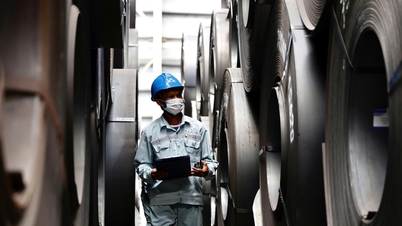







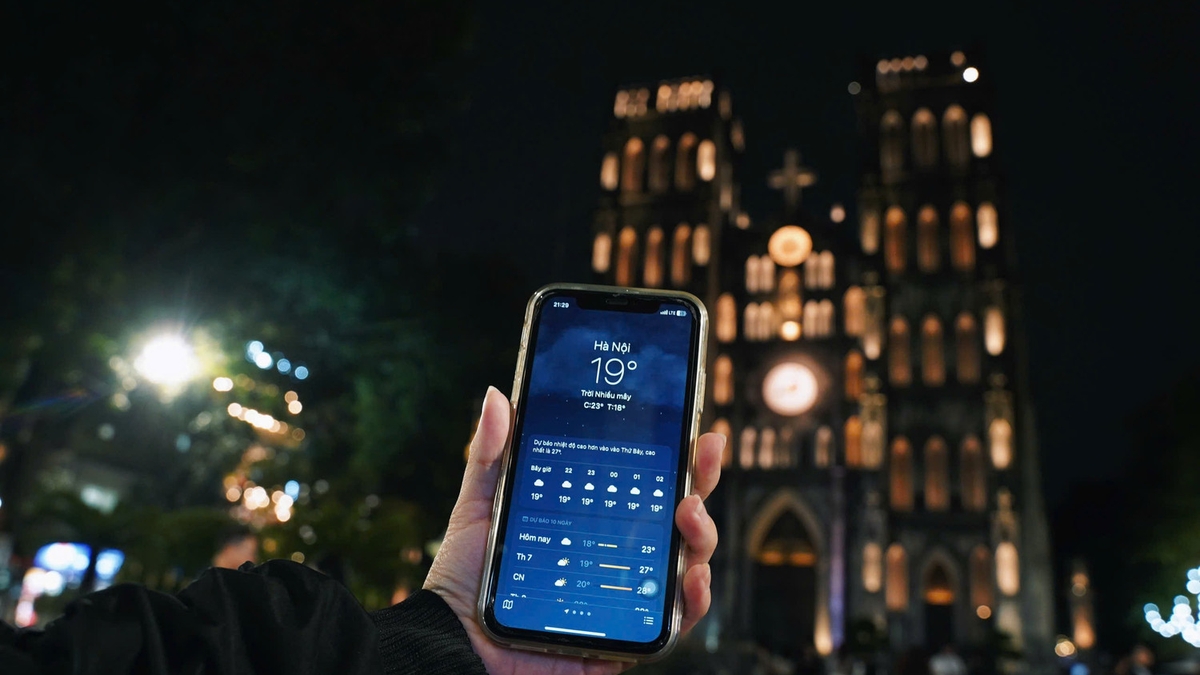





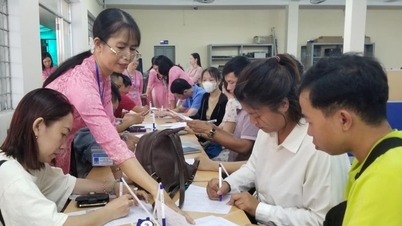











































Comment (0)